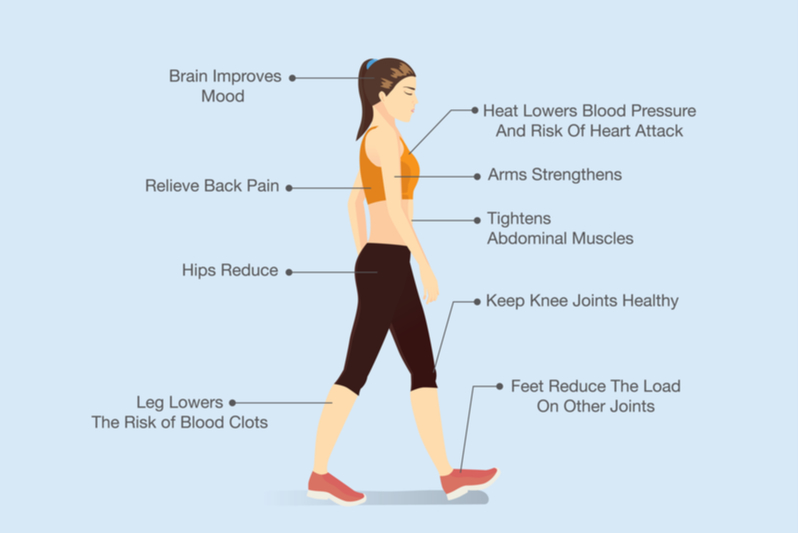We’ve all heard it: “Take 10,000 steps a day for better health!” But is there any truth to this mantra? And if so, how can you achieve it, especially when the comfort of the couch seems so enticing? Let’s delve straight into the how’s and why’s of this magic number.
The origin of 10,000 steps
This number wasn’t plucked from thin air. The concept of taking 10,000 steps daily originated in Japan during the 1960s when a pedometer named “Manpo-kei” (meaning 10,000-step meter) was launched. But it’s not just a catchy marketing phrase; there’s science backing it.

Why 10,000 steps?
Several studies suggest that hitting this step count can offer significant health benefits. Here’s a snapshot:
- Heart health: According to the American Heart Association, walking reduces the risk of coronary heart disease and improves blood pressure and sugar levels.
- Weight management: Harvard Health estimates that if you take 10,000 steps, you’re burning between 2,000 to 3,500 extra calories every week. Over time, that can equate to weight loss, assuming dietary habits remain consistent.
- Mental health: Walking, as per Healthline, can boost your mood by reducing the symptoms of depression and anxiety. The rhythm and repetition of walking have a tranquilizing effect on the brain.
- Enhanced creativity: A Stanford study found that walking boosts creative inspiration by an impressive 60%!
 Tips for achieving 10,000 steps
Tips for achieving 10,000 steps
If the prospect of walking 10,000 steps seems daunting, fear not. Here are manageable ways to hit that target:
- Start small: If you’re clocking in 3,000 steps initially, aim for 4,000 the next week. Gradual increments make the goal more achievable.
- Incorporate walking in daily tasks: Park further away at the grocery store, take the stairs instead of the elevator, or do a walking meeting instead of a sit-down.
- Use technology: Pedometers or fitness trackers are invaluable. They not only count your steps but motivate you to keep going. Set reminders to move every hour.
- Walking breaks: A 5-minute brisk walk every hour during an 8-hour workday will add up to 2,000 steps.
- Enlist a buddy: Walking becomes more enjoyable when you have company. Plus, mutual motivation can work wonders.

Embracing the challenge
Remember, it’s not just about the number; it’s about embracing a more active lifestyle. The benefits of walking extend far beyond physical health.
Every step you take is a step towards a fitter, happier you. And while 10,000 is a great target, the best number of steps is one that makes you feel active and alive.
To those embarking on this 10,000-step journey, each step may seem insignificant, but they collectively lead to powerful results. With every step, you’re not only moving forward on the path but also paving the way for a healthier tomorrow. So, lace up those sneakers, step out, and let each stride be a testament to your commitment to health and fitness!


